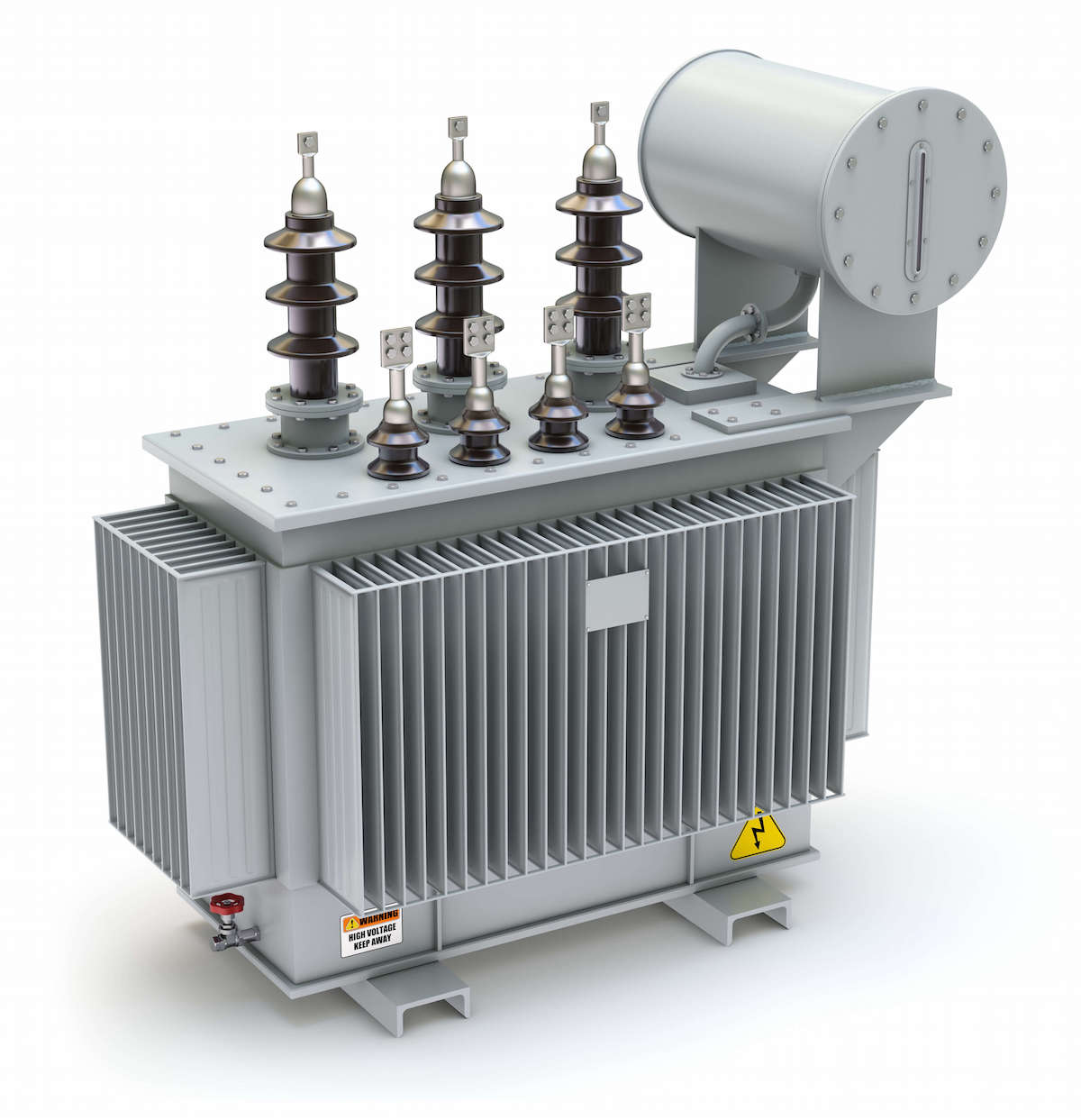Power and Distribution Transformer
Power transformers are used in high voltage transmission networks, while distribution type transformers are defined as operating at low voltage in distribution networks.
Let’s see in detail how these two differ
Power transformers- The basic function of power transformers is for power transmission and receiving purposes, hence, the voltage ratio of a power transformer varies from 756kV to 11kV. Compared to distribution transformers, a power transformer often has a higher MVA rating.
Distribution transformers- Unlike power transformer, distribution transformers work for circulating purposes. Therefore, such devices bring the voltage and current level of a power transmission line to a predetermined scale. This predefined level for domestic consumers or industrial purposes can also be called end-user security level. Although similar in appearance to a power transformer, the voltage range of a distribution transformer varies from 33kV to 430V.
Below are the uses of both
• Power transformers are used in high voltage transmission networks while distribution net transformers are used in low voltage distribution networks.
• Power transformers available in the market have various ratings like 400kV, 200kV, 66kV and 33kV. Distribution transformers have ratings ranging from 11kV, 6.6kV, 3.3kV, 440v and 230 volts.
• While power transformers are common in power generation stations and transmission substations, distribution transformers are mainly installed in distribution stations. From here, electricity is supplied for industrial or domestic purposes.
• Power transformers are much larger than distribution transformers
• Power transformers operate at full load rating with little fluctuation. Distribution transformers operate at small loads

